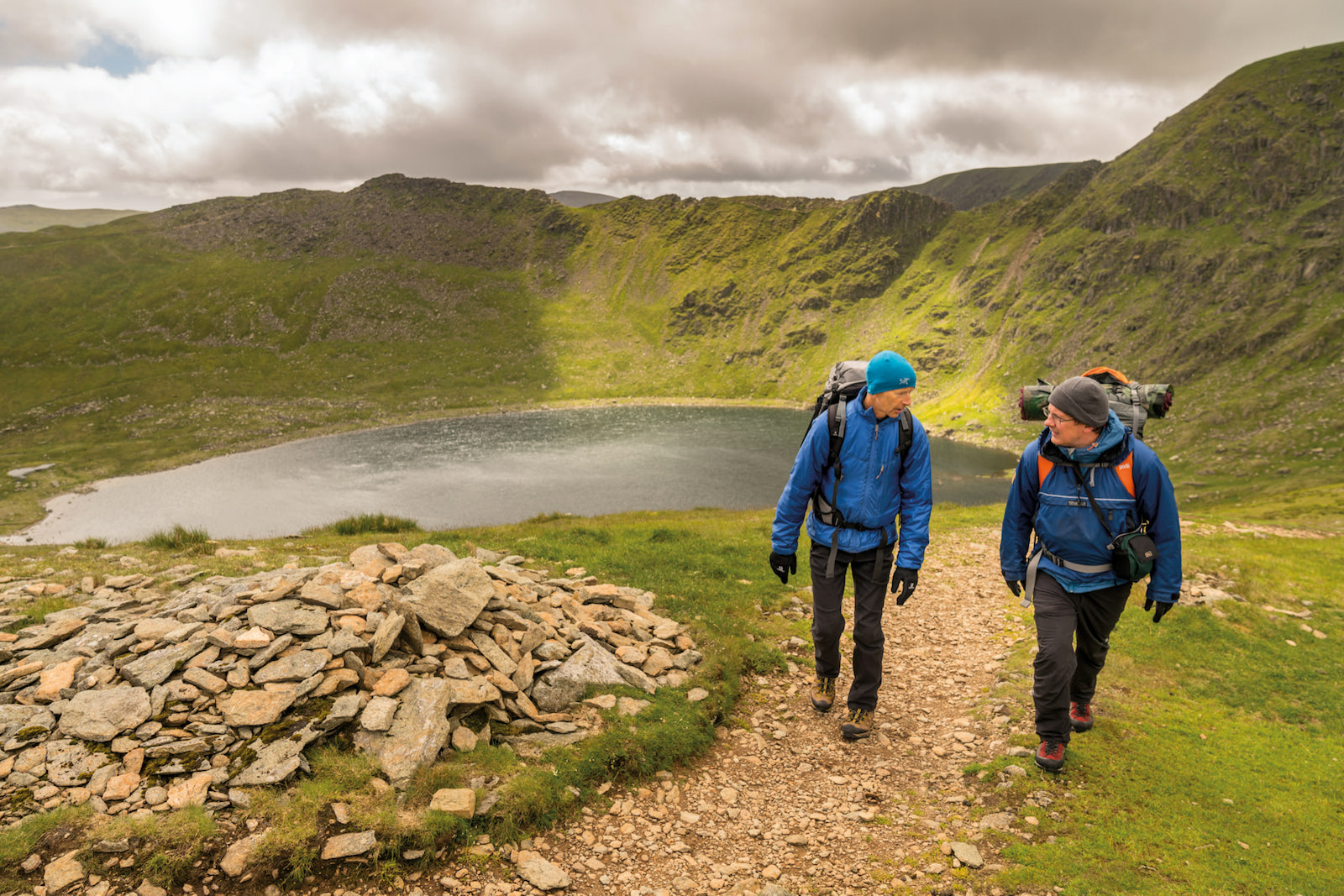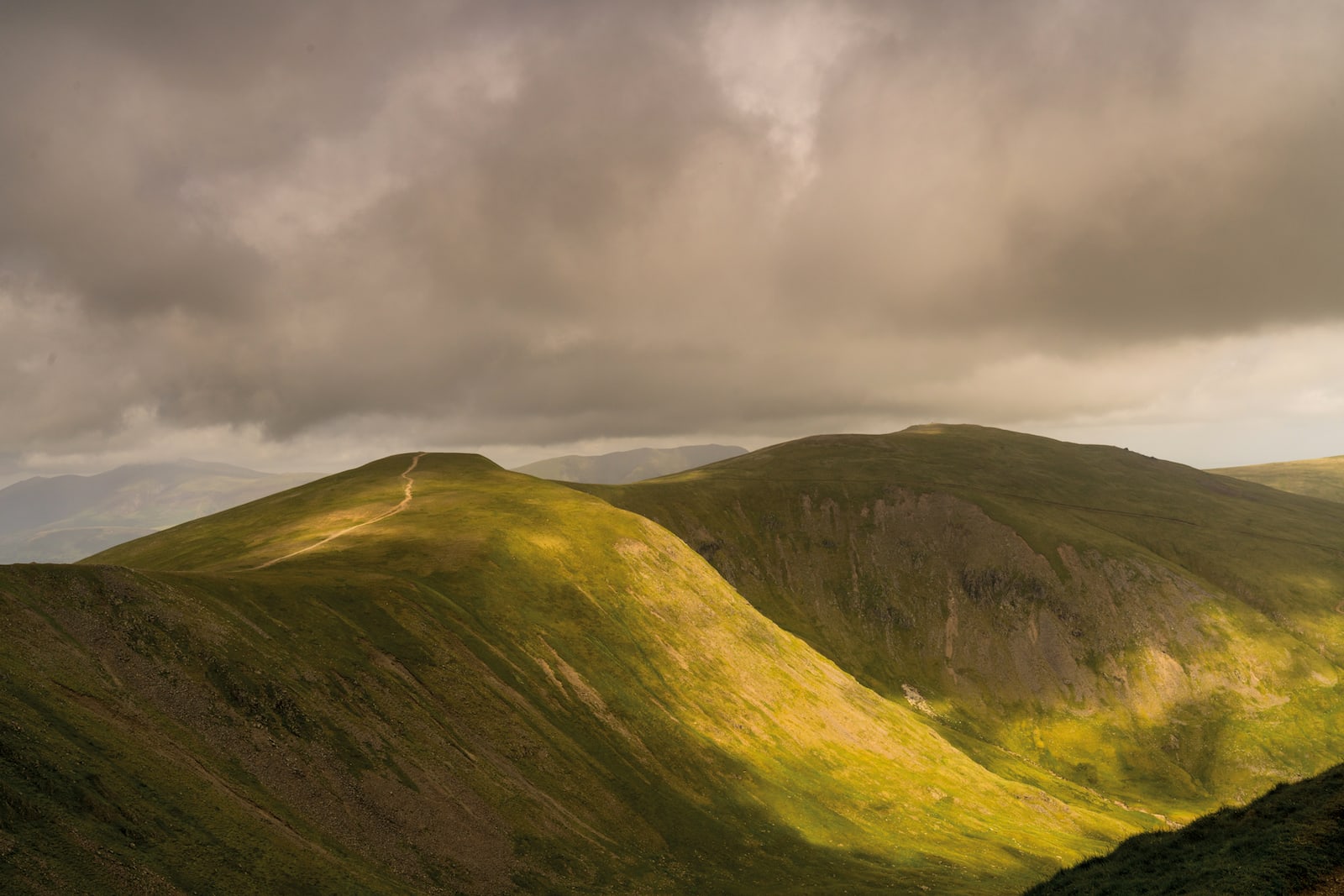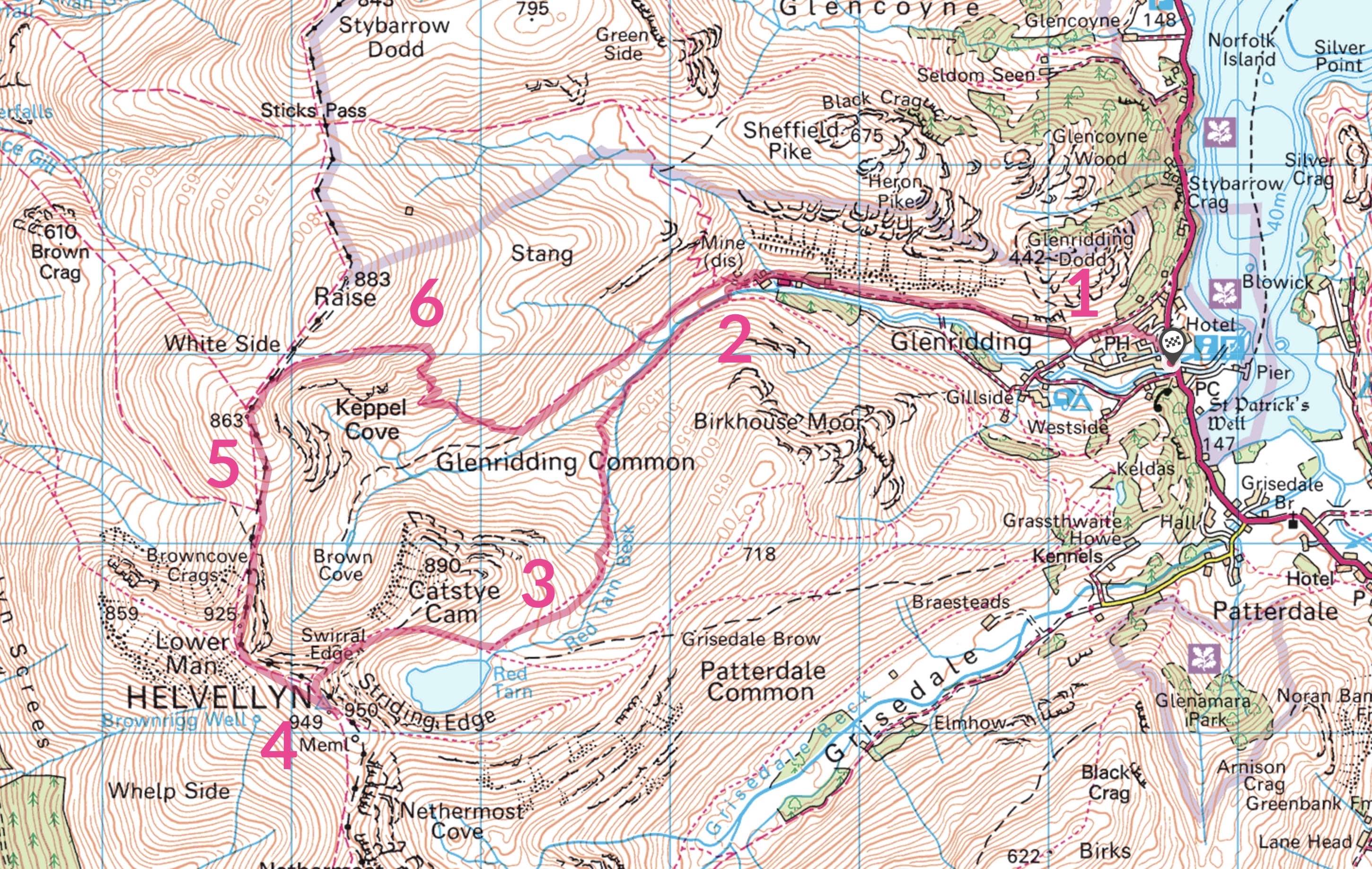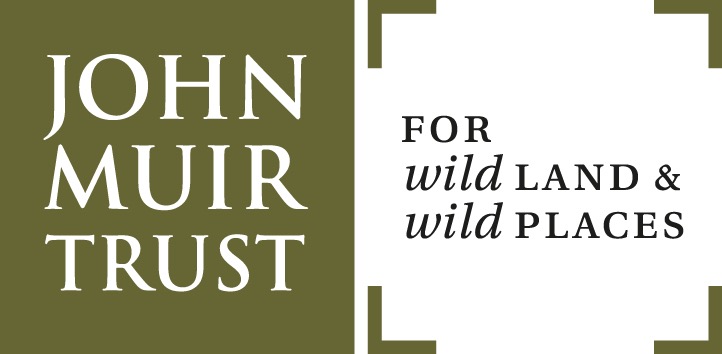Advertisement
Walk the Wild with the John Muir Trust: Glenridding Common
How expert conservationists are looking after Helvellyn and its surroundings. “We don’t fix footpaths to make them easier, we fix footpaths to repair the landscape.”
This is a sponsored article from our friends at the John Muir Trust.
The John Muir Trust has a three-year lease agreement with the Lake District National Park Authority to manage this area of land, which includes the summit of Helvellyn and Striding and Swirral Edges.
The Trust is investing both time and money into the site and works with the local community and interested parties to protect and enhance the ecosystem while respecting the area’s cultural traditions, including farming practices.
Glenridding Common sits within the Lake District High Fells Special A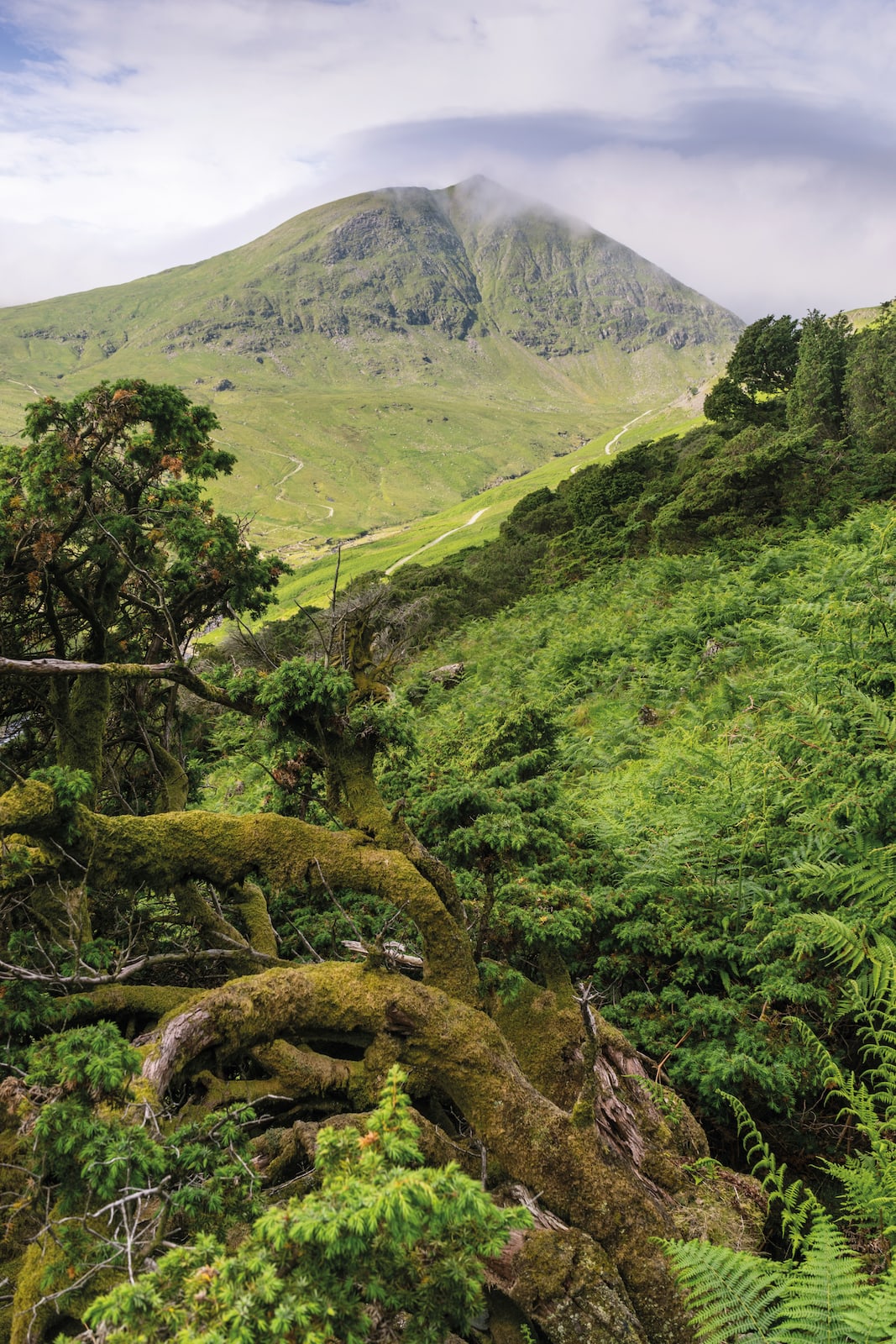 rea of Conservation. As well as a range of arctic-alpine plants, the area also holds significant stands of juniper scrub woodland, plus a variety of montane and upland heath, grassland and flush communities.
rea of Conservation. As well as a range of arctic-alpine plants, the area also holds significant stands of juniper scrub woodland, plus a variety of montane and upland heath, grassland and flush communities.
Red Tarn holds a population of schelly, one of England’s rarest species of fish, plus England’s highest population of stickleback. Bird life is also rich, with snow bunting found on the high tops in winter, while upland species such as raven, wheatear and ring ouzel all breed here in the summer.
Glenridding Common is an area of exceptional beauty and an incredibly popular destination for walkers. But the impact of all those boots means that careful attention is required from Land Manager Pete Barron and his team. “We’re working a lot more on the footpaths, which need a lot attention because of the footfall and the weather,” says Pete. “We’ve also had the opportunity to focus a lot more on the natural value of the site.”
The team have a proven technique for scattering stones onto the hillside and sowing seeds between, in order to reduce paths to a more reasonable width and minimise footfall from humans and sheep in targeted areas, allowing native vegetation to take hold.
Pete says: “These are very low-key techniques but the benefit will be seen in the coming years. You have to be patient as an upland land manager. We’re in it for the long term.”
How you can help
Becoming a member of the John Muir Trust is a great way to help take care of the wild places you love now and in the future. TGO readers can get a 25% discount when joining online by using the promotional code: TGOWILD. Find out more and sign up to help the UK’s leading conservation charity dedicated to the experience, protection & repair of wild places at: www.johnmuirtrust.org/join
Walk here
“The classic walk on Helvellyn has to be the Edges,” says Pete Barron, Land Manager at Glenridding. “I would recommend going up Striding and going down Swirral. But Helvellyn’s Edges are a complete commitment in terms of exposure and are only for people with a head for heights and mountaineering experience. And don’t choose a wet or windy day – that’s when things can go wrong.”
For those with less experience, or who are looking for a quieter walk, Pete recommends ascending the more benign but still challenging Swirral Edge and descending via Lower Man and Whiteside.
About the walk
- Starting /finishing point: Glenridding Hotel, NY 387169
- Distance: 9 miles / 14.5km
- Ascent: 911m / 2,988ft
- Route notes: a less challenging route than Striding Edge, but still with plenty of excitement – and likely to be quieter too.
Directions
- Leave Glenridding on the path along the north bank of Glenridding Beck.
- Cross the footbridge opposite the old mine workings, and continue along the south bank of the beck before beginning the climb up Red Tarn Beck.
- At the outflow of Red Tarn, climb steeply up to Swirral Edge. Follow the exposed ridge to the summit of Helvellyn.
- From the summit, continue north-west before taking the north turnoff at Lower Man and descending to a col.
- Climb gently to the rounded summit of White Side.
- Contour around Raise before descending a zigzag path back to the old mine workings, then follow the path back to the village.

